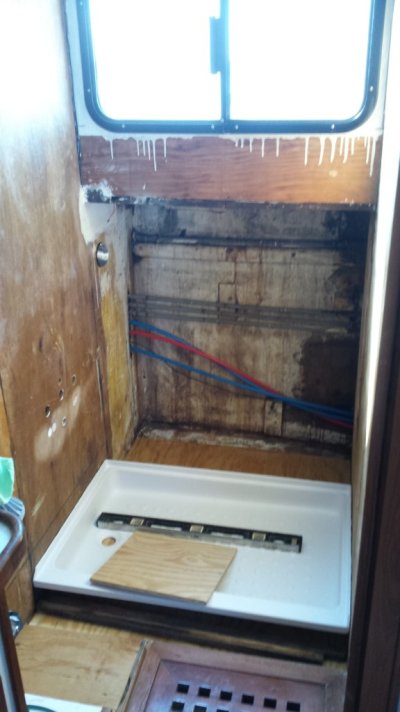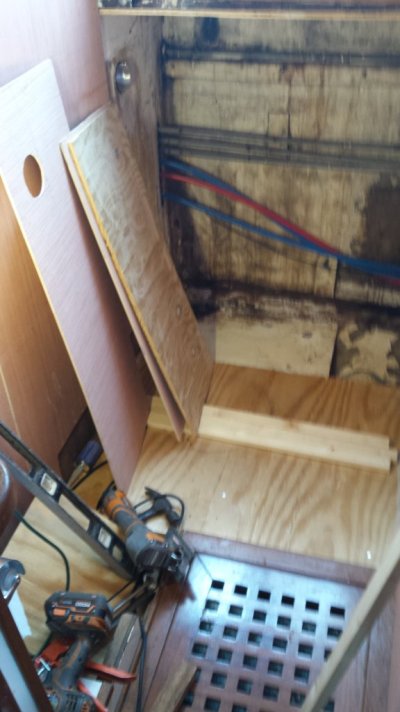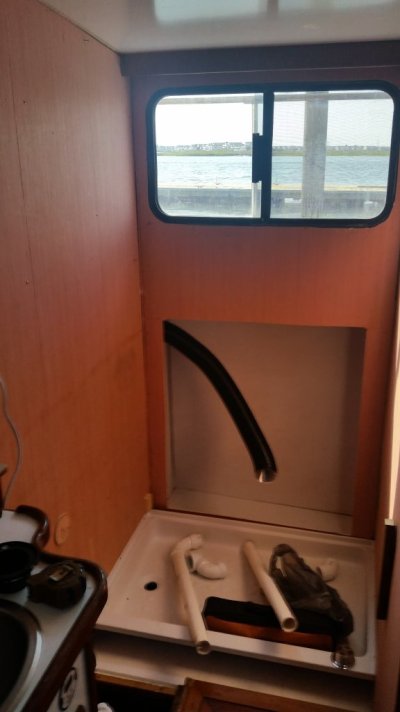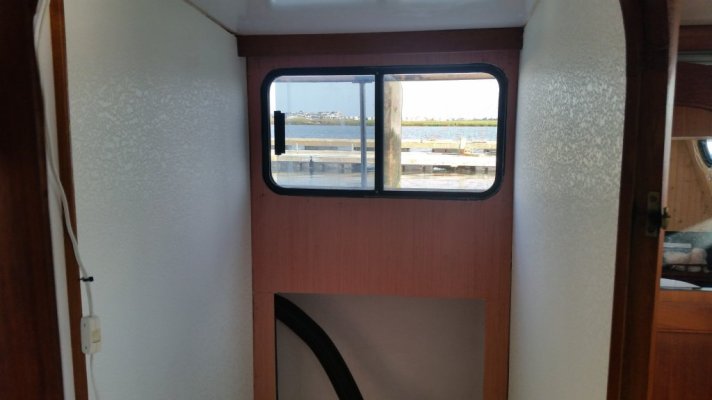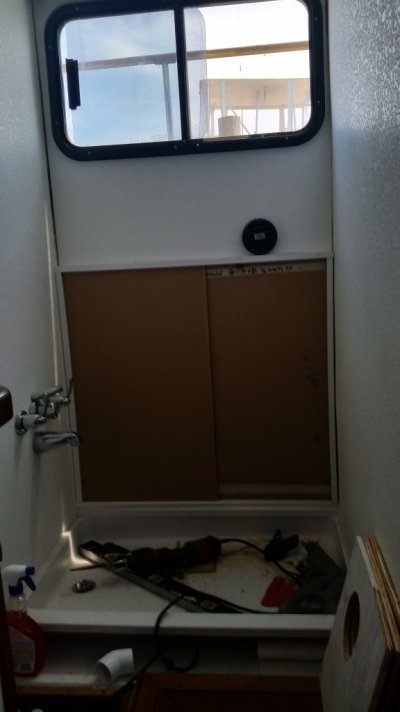paulga
Guru
- Joined
- May 28, 2018
- Messages
- 1,133
- Location
- United States
- Vessel Name
- DD
- Vessel Make
- Marine Trader Sundeck 40'
The appearance hasn't changed since the purchase. The surface felt hard when I first saw the boat and the broker said it was already fixed.
Now it's leaky again and the wood along the window edge feels soft below the red line.
The same edge on the outside frame was already caulked. The entire edge was caulked well. Where could the crack be?
If I could source the crack I will apply some Captain Tolley first. Otherwise I will get two keder rails, vinyls and some snaps


Now it's leaky again and the wood along the window edge feels soft below the red line.
The same edge on the outside frame was already caulked. The entire edge was caulked well. Where could the crack be?
If I could source the crack I will apply some Captain Tolley first. Otherwise I will get two keder rails, vinyls and some snaps
Last edited:

